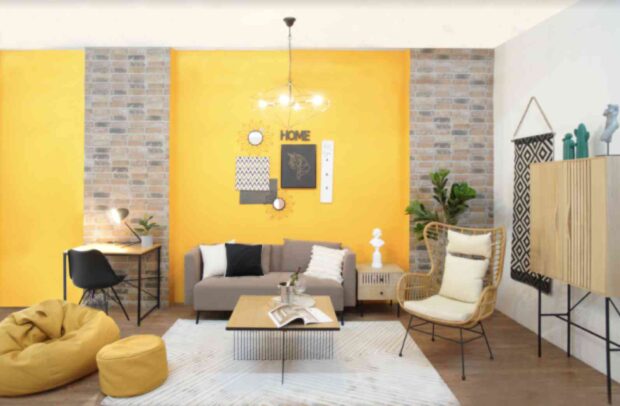So you’re planning to spruce up your interior space. But where do you start?
You have pinned ideas on Pinterest after browsing through hundreds of design pegs you really liked. You are thinking how can all of this apply to your interior space. You’re getting confused and antsy because you’re either drowning from all the photos you pinned or you just haven’t found your ideal design yet.
What is design?
Design is subjective, which means it should be personal. Many people view only the aesthetic character of design. But design is not just about one thing. It is a complex creative idea that should be looked at from three aspects: function, utility and beauty that are then translated into reality.
Questions like “Would this cabinet be strong enough to carry all the stuff I’m planning to store and do I really need it or should I look for better options?” would spark your creativity as you seek your ideal interior design.
Planning
Since we now know that design is subjective, the basic thing that we are after in deciding the layout of our interior space is suitability to our daily routine, given the anthropometry (measurements and proportions of the human body) of the end-user, to properly plan an ergonomic space. And then we can add to our wish list.
Look and feel
Determine your likes and dislikes and how they affect you personally while creating a mosaic of your concepts’ appearance. It may be a piece of furniture, material, texture, lighting fixture—you name it—as long as you can describe your idea (Is it too round? Too soft? Too rough?).
Assembling a material board
Remember all the pins on Pinterest? You may be able to use some of them. Create a collage of all things you like and put them all on a board so you can see which material or furniture looks well when put side by side with the other things you like. It can be eclectic or monochromatic or something else. Go wild with your ideas. Below are samples of material boards.
Color psychology
After you decide on your theme, it is important to know what you want in your space. It is believed there is a psychology behind colors as follows:
Red: Passion, aggression, fierceness
Yellow: Joy, warmth, cheer
Blue: Calm and cool
Orange: Enthusiasm, creativity, playfulness
Green: Serene and fresh
Violet: Royalty, nobility, wisdom
Black: Power and elegance
White: Light and innocence
Take note of these characteristics behind every color when you choose. It can help you generate the feeling you aspire for in your space.
Furniture and accessories
Your furniture and accessories may be plain and simple depending on your concept or theme and the color and textures you use. It will also be nice to add a little accessory that may seem completely bizarre when placed side by side with the other elements. But it may create depth and will be a good conversation starter.
In conclusion, your space should depend on what you need. This article aims to help you understand the initial process of design. But I suggest you get the guidance of professionals, both architects and interior designers, to help you navigate through the entire process.
References:
Psychology of Colors. https://www.colorpsychology.org/
